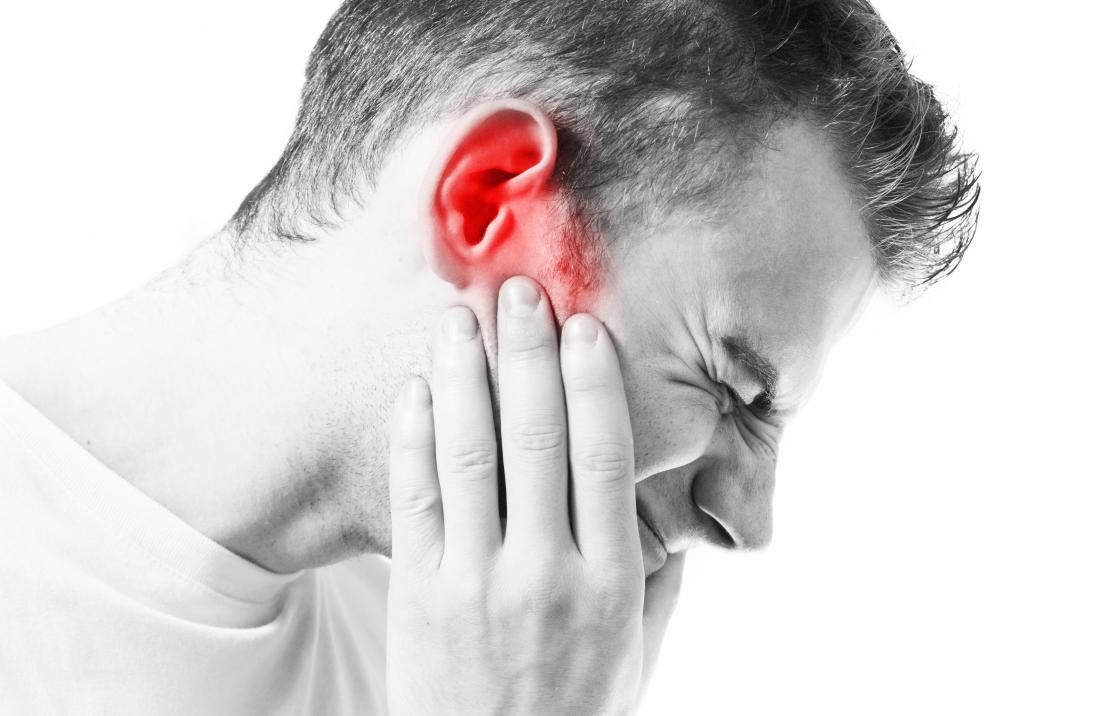Ear infections are among the most frequent health problems in both children and adults. They occur when bacteria or viruses infect the ear canal or the area behind the eardrum, leading to inflammation and fluid buildup. Recognizing ear infection symptoms early is important to avoid complications like hearing loss or chronic infections. What Is an …
Ear infections are among the most frequent health problems in both children and adults. They occur when bacteria or viruses infect the ear canal or the area behind the eardrum, leading to inflammation and fluid buildup. Recognizing ear infection symptoms early is important to avoid complications like hearing loss or chronic infections.
What Is an Ear Infection?
An ear infection, or otitis, refers to inflammation in the ear caused by germs. It can occur in different parts of the ear, such as the outer ear (otitis externa) or the middle ear (otitis media). Middle ear infections often happen after colds or allergies because the Eustachian tube becomes blocked, while outer ear infections usually occur after swimming or moisture exposure. Both conditions can lead to pain, discomfort, and in some cases long-term hearing problems.
Ear Pain
Ear pain is the most common sign of infection. It can feel sharp, throbbing, or constant, and often worsens when lying down or chewing. In children, pain may cause fussiness or ear tugging, while adults may notice a heavy pressure inside the ear. The pain occurs because of fluid buildup and swelling that press against sensitive ear structures.

Fever

Fever frequently accompanies ear infections, especially in children. The body raises its temperature as part of the immune response to fight off bacteria or viruses. A high fever, typically above 38–39°C, signals a more serious infection that requires medical attention. Parents should be alert when fever appears alongside ear discomfort.
Irritability
Children with ear infections often become unusually irritable. Since they cannot clearly explain their pain, they may cry excessively, pull at their ears, or refuse to eat. Lying down, swallowing, or chewing can increase ear pressure, worsening the discomfort. Recognizing these behaviors helps caregivers detect ear infection symptoms early.
Hearing Loss
Temporary hearing loss may occur when fluid builds up behind the eardrum, preventing sound waves from traveling normally. Adults might notice muffled hearing or difficulty following conversations, while children may need to raise the volume of the television or ask for repetition. Fortunately, hearing usually returns once the infection is treated.
Fluid Discharge
In some cases, ear infections cause fluid to drain from the ear. The discharge may be clear, yellow, or even mixed with pus or blood if the eardrum ruptures. Although fluid release can ease pressure and reduce pain, it is a sign that medical care is necessary to prevent further damage.
Difficulty Sleeping
People with ear infections often struggle to sleep well. Lying flat increases pressure inside the ear, intensifying pain and discomfort. Children may wake frequently at night, while adults find it hard to stay in a comfortable position. Poor sleep also adds to fatigue and irritability during recovery.
Balance Problems
The inner ear plays an important role in maintaining balance. When infection spreads or fluid builds up, dizziness and unsteadiness may occur. Some people describe a spinning sensation, while others feel unstable when walking. This symptom may be temporary but requires attention if it becomes severe.
Headache
Headaches often develop as a result of pressure and inflammation in the ear. The pain may radiate to the temples, jaw, or back of the head, making it difficult to distinguish from migraines or sinus issues. When headache occurs together with ear pain and fever, infection is the likely cause.
When to Seek Help?
Medical attention is needed if symptoms persist longer than two days, worsen over time, or are accompanied by high fever, hearing loss, or fluid discharge. A healthcare professional can examine the ear, confirm the diagnosis, and prescribe treatment if necessary. Early treatment helps relieve discomfort and prevents complications.

Conclusion
Recognizing ear infection symptoms such as pain, fever, irritability, hearing loss, fluid discharge, sleep problems, balance issues, and headaches allows you to take quick action. While some infections may heal on their own, many require medical care. By paying attention to these signs and seeking timely treatment, you can protect your ear health and prevent long-term damage.
Source:
- https://www.cdc.gov/ear-infection/about/index.html
- https://www.mayoclinic.org/diseases-conditions/ear-infections/symptoms-causes/syc-20351616
- https://www.nidcd.nih.gov/health/ear-infections-children
- https://www.aafp.org/pubs/afp/issues/2013/1001/p435.html
- https://emedicine.medscape.com/article/859316-clinical
- https://www.uchealth.org/diseases-conditions/ear-infections
- https://medlineplus.gov/earinfections.html
- https://www.verywellhealth.com/bulging-eardrum-5185115
Book a Consultation








